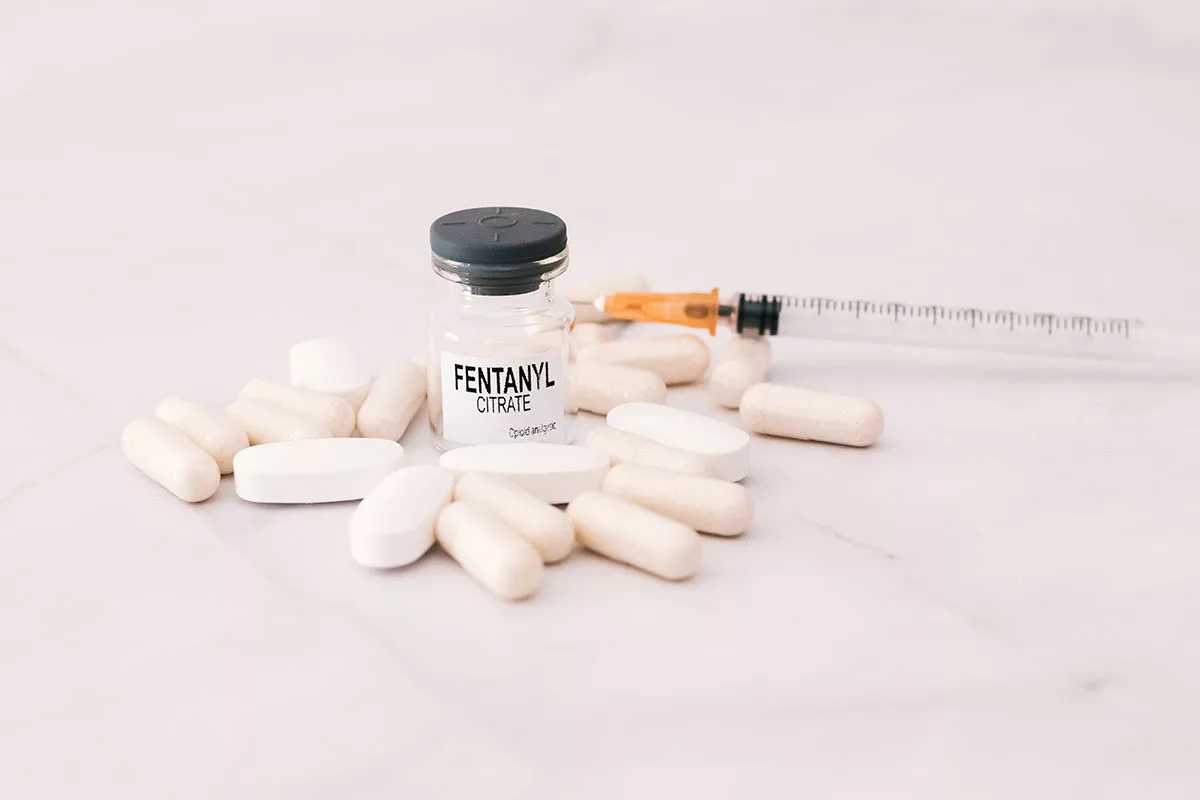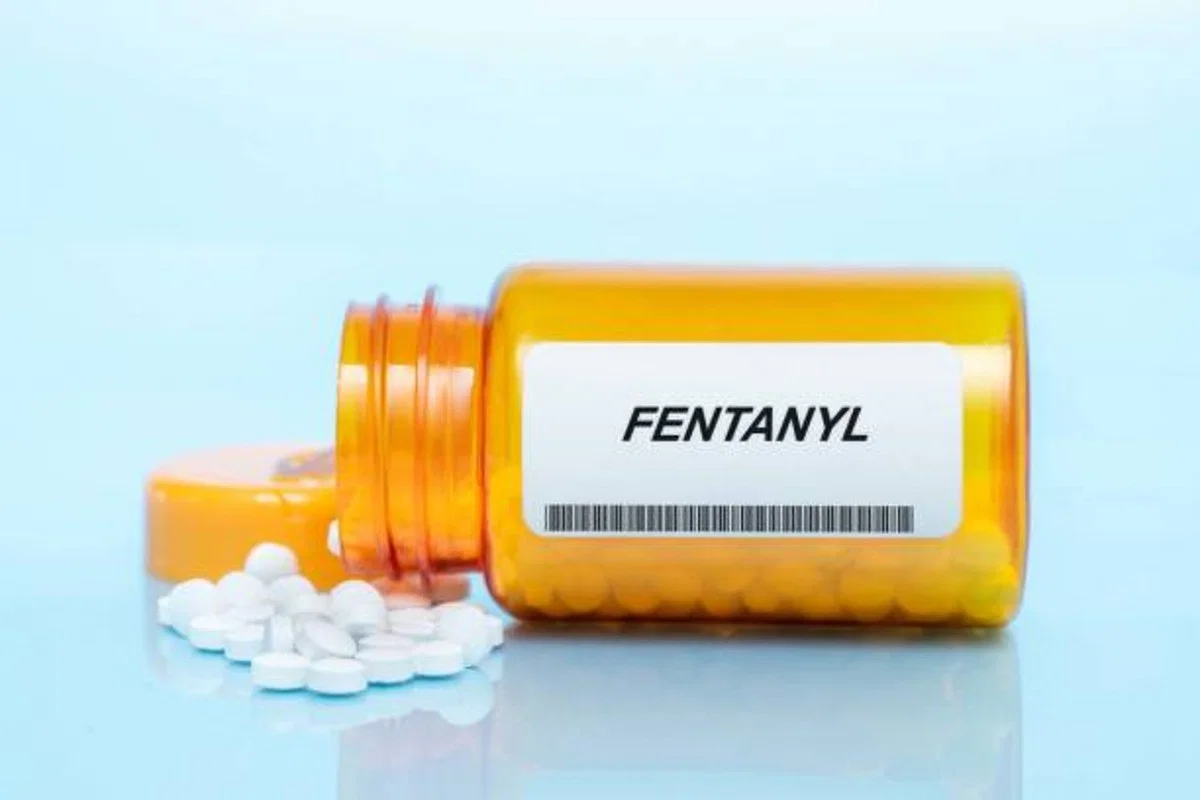Opioid Crisis In America And The India-US-China Fentanyl Triangle
Foreign Ministry spokesperson Mao Ning made a shocking declaration in April 2023, saying the United States was responsible for the ongoing fentanyl crisis.

Opioid Crisis In America And The India-US-China Fentanyl Triangle
Anne Milgram, DEA Chief, says fentanyl is the deadliest drug threat our nation has ever faced. Fentanyl is a leading cause of death among adults between 18 and 49 in the U.S. Most drug overdose deaths in 2021 were caused by synthetic opioids such as fentanyl.
For 2022, the Biden Administration allocated over $24 billion to increase overdose prevention, treatment, and recovery tools, like Naloxone and fentanyl testing strips.
All 50 states are covered by 33 High-Intensity Drug Trafficking Areas (HIDTA). The amount of illicit fentanyl, methamphetamine, and cocaine seized has risen significantly.
More than 700,000 pounds of cocaine, nearly 15,000 pounds of fentanyl, and almost 2,000 pounds of heroin were seized by Customs Border Patrol (CBP) in the fiscal year 2022.
China, Mexico, Canada, and the U.S. are also highly favoured by drug addicts and traffickers to use the drug, according to U.S. police. One kilogram of fentanyl costs $1.6 million. The street value of one kilogram of fentanyl can be $10 to $20 million.

As part of President Biden’s National Drug Control Strategy released in 2022, he calls for a comprehensive approach to combat untreated addiction and the profits generated by drug trafficking. As well as addressing public health issues, the Administration addresses national security, public safety, and economic concerns.
It was in December of 2021 that the president issued an executive order, Imposing Sanctions on Foreign Persons Involved in Global Illicit Drug Trade, which gave enforcement agencies the authority to impose sanctions against illicit synthetic opioid traffickers in a broad range of cases.
Several policy levers can be used to disrupt the synthetic illegal drug industry across the globe. In addition, the illicit fentanyl supply chain should be targeted strategically for its vulnerabilities and facilitators.
Fentanyl has been controlled only by the United States for the past several years, a decision Congress has yet to make permanent. While Chinese President Xi Jinping announced during the G20 summit in December that China would regulate synthetic opioids, its operational law enforcement cooperation is relatively narrow and only serves its geopolitical purposes.
According to Vanda Felbab-Brown, Senior Fellow, Brookings Institution, in her testimony to the US House of Representatives Subcommittee on International Financial Institutions, she provided the following information.
As a result of the ‘Follow the Money: The CCP’s Business Model Fueling the Fentanyl Crisis’ has shed light on Chinese involvement: During the three presidential administrations of Barack Obama, Donald Trump, and Joe Biden, the U.S. has emphasized diplomacy to ensure China tightens up its regulations on fentanyl-class drugs, precursor chemicals, and more diligently enforces these laws.
While China views its counternarcotics enforcement and its international law enforcement cooperation, more broadly, as strategic tools for achieving other goals, it also sees them as stepping stones to achieving other goals.
Contrary to the U.S. Government, China subordinates counternarcotics cooperation to their geostrategic relationships. Collaboration between the two countries declined as their relationship deteriorated.
Chinese cooperation with U.S. counternarcotics efforts has substantially declined since 2020. China officially announced in August 2022 that it would cease all law enforcement and counternarcotics cooperation with the United States.
China takes Counternarcotics diplomacy in Southeast Asia and the Pacific seriously, but its operational law enforcement cooperation tends to be highly selective, self-serving, and limited.

A Chinese government rarely takes action against the top echelons of Chinese criminal syndicates unless their activities directly conflict with a narrow set of government interests. Chinese criminal networks provide various services to government officials and Chinese Communist Party (CCP) members.
The systemic corruption in the country also complicates Chinese officials’ incentives to follow precursors and fentanyl analogues. As well as operating in legal and illegal sectors, Chinese Government officials unofficially extend protection and authority to outright criminal groups.
Fentanyl: Highly Popular Among Drug Addicts
Despite China’s fentanyl regulations, there is little transparency about whether they are being enforced. However, the chemical and pharmaceutical industries also seem to be the predominant source and perpetrator of regulatory violations in the case of fentanyl and its precursor chemicals.
A triad like a mafia is not dominant in drug distribution and production of fentanyl and its precursors. Bilateral drug intelligence working groups and counter-narcotics working groups provide a platform for exchanging information on drug trends, discussing regulations, and enhancing investigation cooperation.
Legally, neither side has a formal treaty that binds them. As a result, it is challenging to monitor China’s internal police actions. After the outbreak of the Covid pandemic in January 2020, China came under international scrutiny in light of a lack of transparency at a Wuhan laboratory.
Therefore, China has stopped sharing information about how many inspections it conducts of pharmaceutical companies, how many anti-fentanyl and anti-precursor raids it shows, and how many Chinese nationals are apprehended or indicted on fentanyl or precursor trafficking charges within China.
The Chinese government ended all cooperation with the U.S. in counternarcotics and law enforcement after Nancy Pelosi visited Taiwan in August 2022. Every discussion about drug trafficking in the U.S. must take Mexico into account.
Moreover, Mexico’s unwillingness to share samples and information about its alleged lab busts and fentanyl and fentanyl precursor seizures has exacerbated China’s intransigence.

No DEA agents are permitted to be involved in interdiction operations it claims it has conducted, not even as observers. Indictees extradited from Mexican courts to the United States must also catch up. In light of this, Mexican law enforcement cooperation with the United States still needs to improve.
According to reports, China denied being the source of fentanyl trafficking across the US-Mexico border on April 6, 2023. Foreign Ministry spokesperson Mao Ning said China and Mexico do not have any illegal fentanyl trafficking.
Despite these problems, India and the United States cooperate closely in counternarcotics. The only silver lining here is a smooth channel of counternarcotics cooperation between the two nations.
It has been formally established that the United States and India are collaborating on youth substance use prevention, public health responses to substance abuse, addiction medicine, law enforcement, and regulation development and enforcement by establishing a Bilateral Counter Narcotics Working Group.
A Mexican national was arrested in September 2018 for possession of over 10 kg of fentanyl hydrochloride, which is valued at more than a hundred crore abroad. As much as 10 kilograms of heroin are contained in one kilogram of fentanyl hydrochloride.
DRI and DRDO scientists seized the goods as part of a joint operation. With two other associates, namely George Solis, a Mexican national, and Manu Gupta, Mohammed Sadiq, a local businessman and PhD scholar, ran an illicit lab along with a deep hatred for America.
The danger of fentanyl is such that two milligrams can quickly kill someone. Had the seized 10 kg of fentanyl not been intercepted, it could have killed anywhere from 4 to 5 million people in the U.S. In 2015, the Indian government determined that fentanyl and five other drugs were Essential Narcotic Drugs (END).
Two more direct fentanyl precursors were added to the government’s Schedule B list in 2018: 4-aminophenyl-1-phenylpiperidine, or des propionyl fentanyl (ANPP), and N-phenethyl-4-piperidone (NPP).
The Indian government tightened control over domestically manufactured ANPP and NPP after they were trafficked in Mexico in 2020. The order brought these substances under national control for their production, distribution, sale, possession, and use in the United States.
To enhance cooperation, India and the United States established a Bilateral Counternarcotics Working Group in 2020. Fentanyl, tramadol, and tapentadol are particular targets of this working group.

According to Dr Rahul Gupta, Director of the Office of National Drug Control Policy, USA, India has pioneered battling fentanyl addiction. Both nations are working together to address related issues such as addictions and treatment options, and mental health addiction overlaps.
U.S. Customs and Border Protection have acknowledged Indian efforts to control the illicit trafficking of fentanyl. Over 144 fentanyl-related substances were detected globally in 2020.
It is believed that 122 of these substances were not under international control, while 43 might have been precursors to fentanyl. As domestic and international law inadequately regulate fentanyl, a global fentanyl governance framework is needed.




